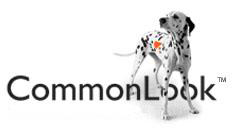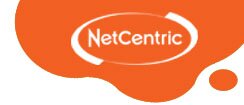|
Broadly speaking, the Common Look and Feel standards support two aims: first, to make Government of Canada websites accessible to the widest audience of Canadians including those with disabilities; and second, to provide websites with consistent branding and appearance across the full range of Government departments and programs.
The CLF standards are organized into seven categories:
- Accessibility
- Collaborative Arrangements
- Cybersquatting
- E-mail
- Important Notices
- Navigation and Format
- Official Languages
There are 78 individual standards or checkpoints within these seven categories. Forty-nine of these are within the accessibility theme. The remaining 29 are spread across the other six categories and generally support the presentation theme, ie consistent branding and appearance.
Depending on the nature of the individual standard or checkpoint, CommonLook™ can verify or support the verification of an HTML page one of three ways:
Automated - CommonLook™ can test for CLF compliance without human intervention;
Partially Automated - CommonLook™ can provide test material to facilitate human decision-making;
Assisted - By the nature of the standard or checkpoint, CommonLook™ will position the user at a potential non-compliance situation for user review.
In order to calculate a departmental accessibility or presentation score, NetCentric has assigned an equal weighting factor to each standard or checkpoint. As CommonLook™ verifies an HTML page, it applies each of the automated standards or checkpoints to the page and assigns a pass, fail or not applicable status to each standard or checkpoint. An un-weighted average of these results is calculated for the site or portion of the site tested.
|















